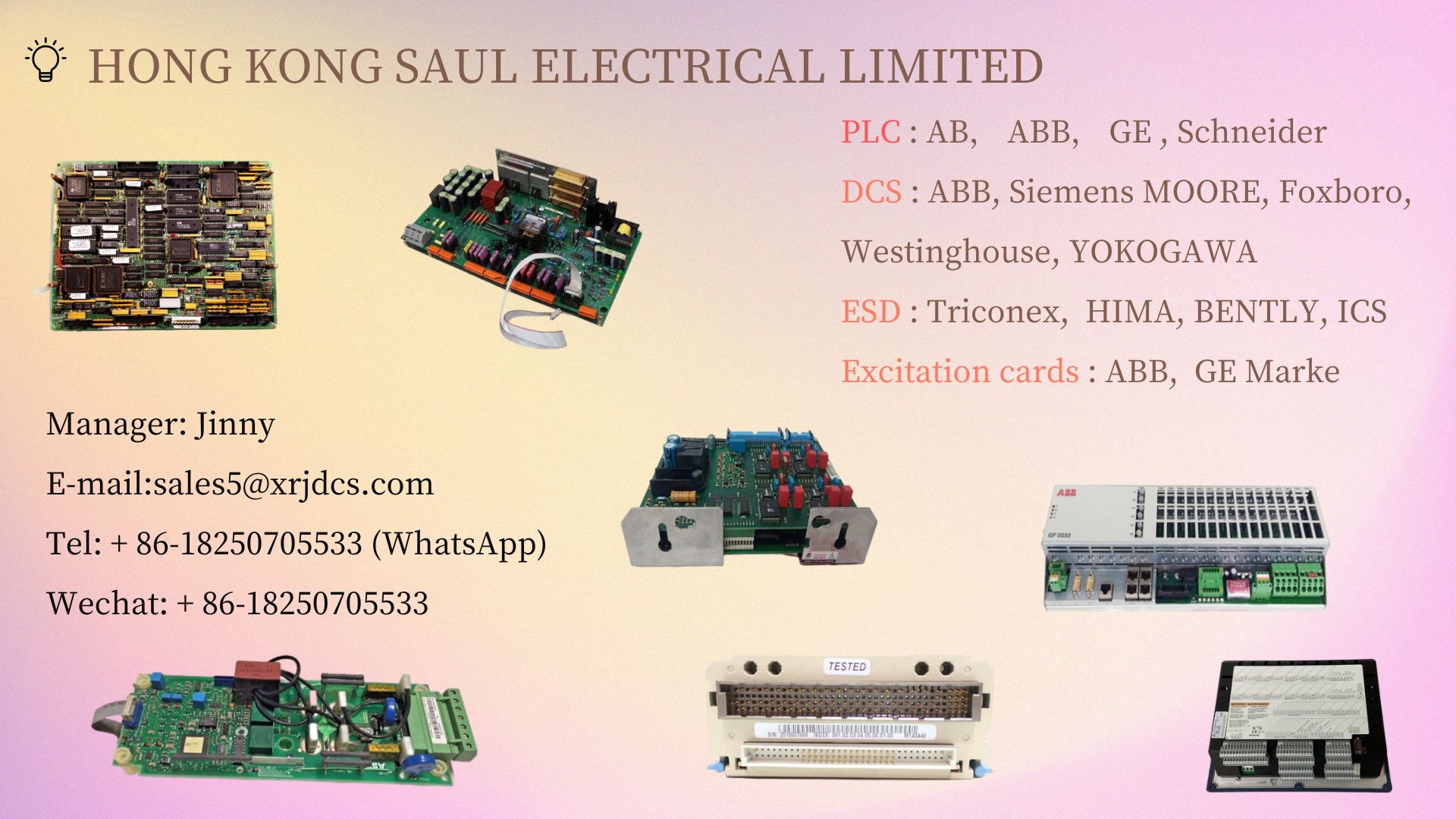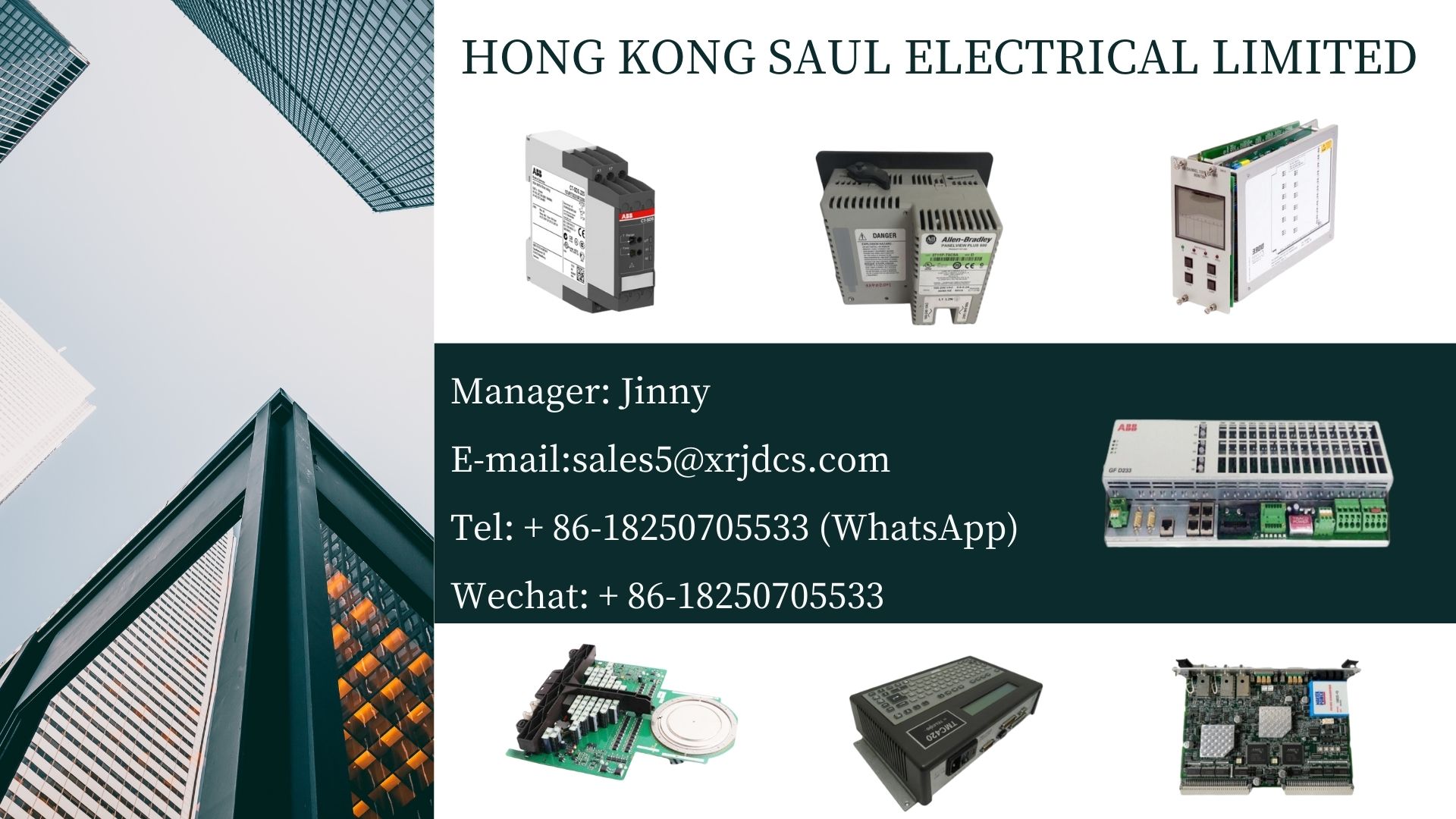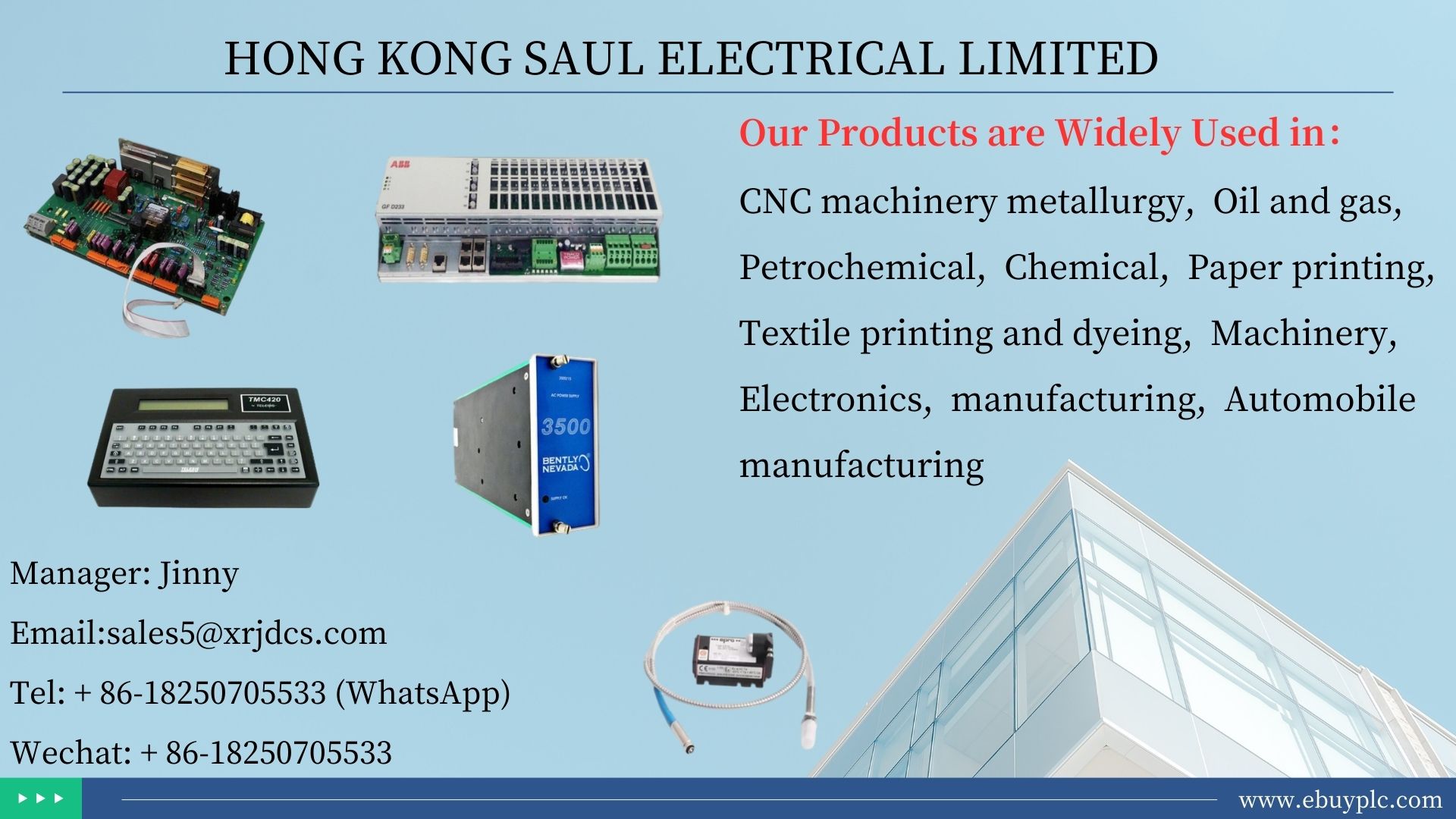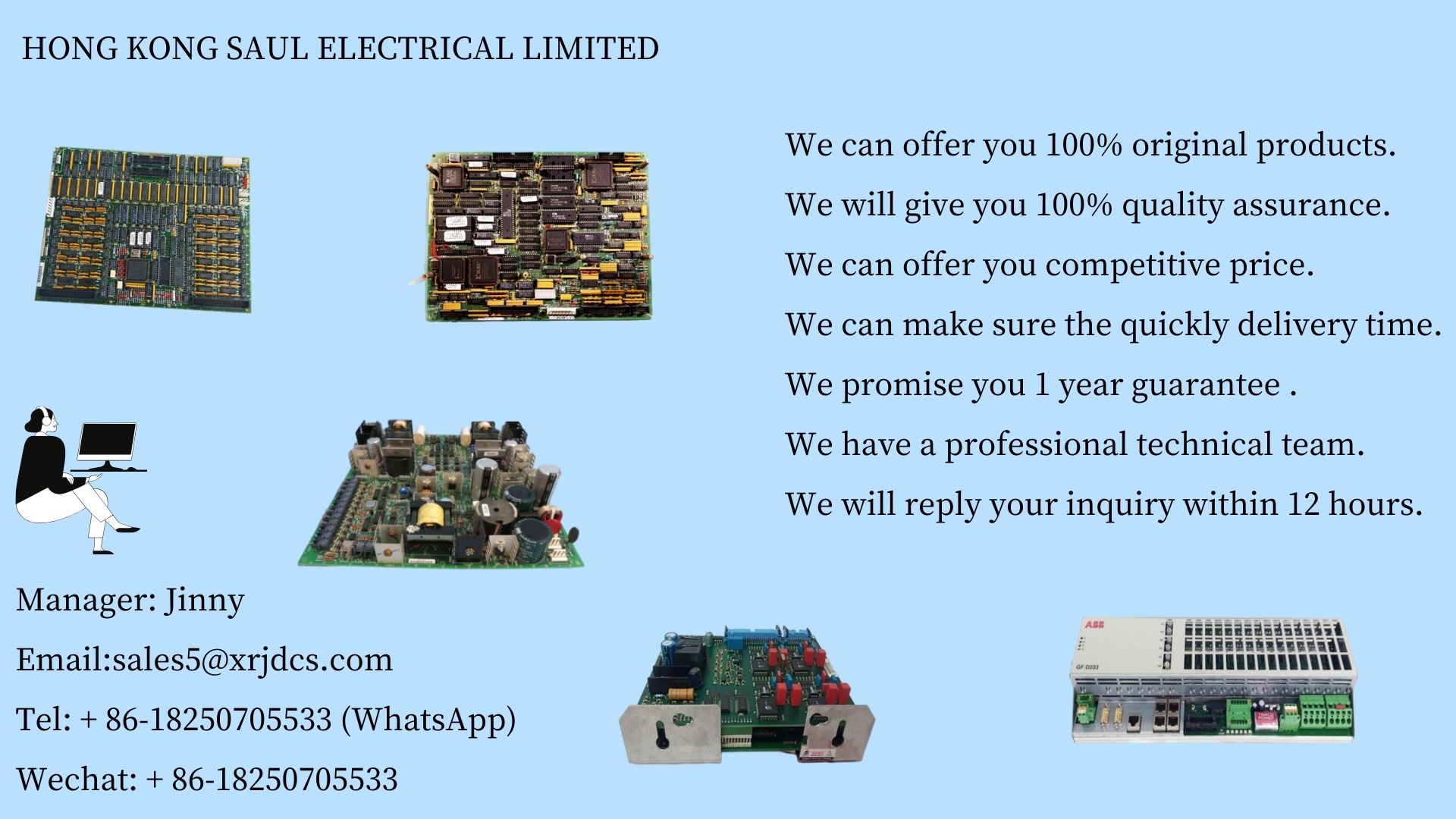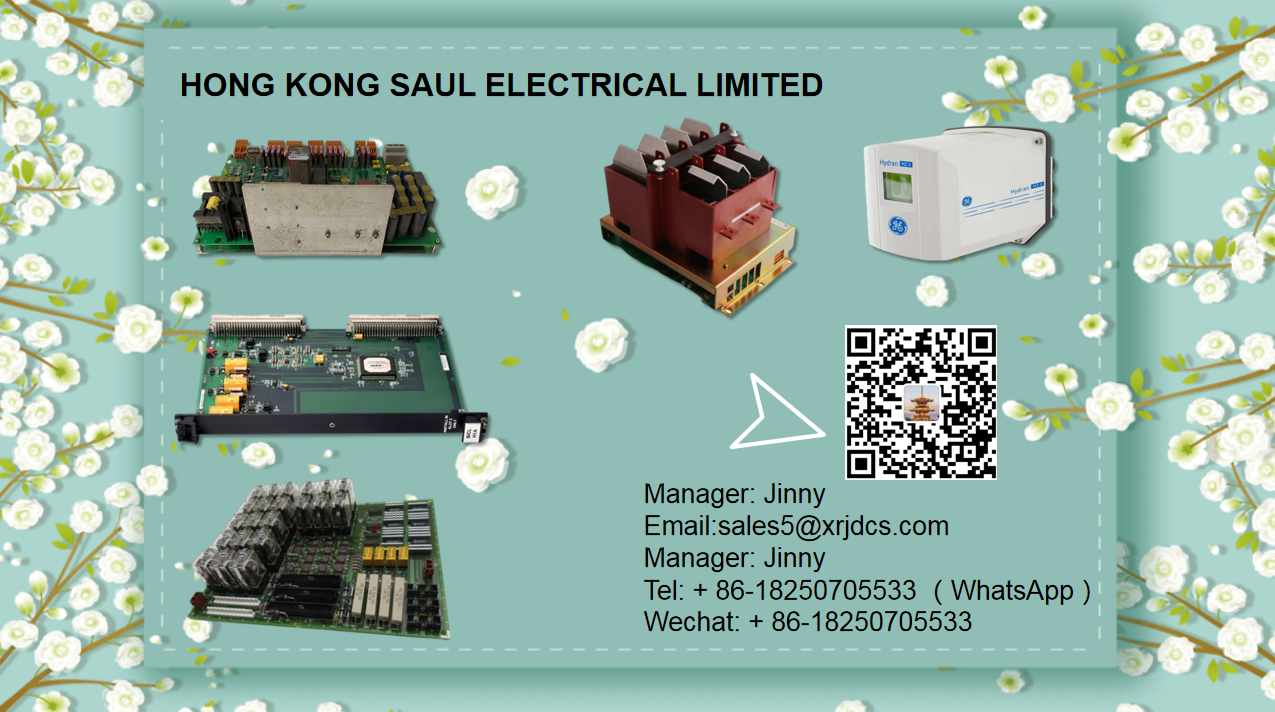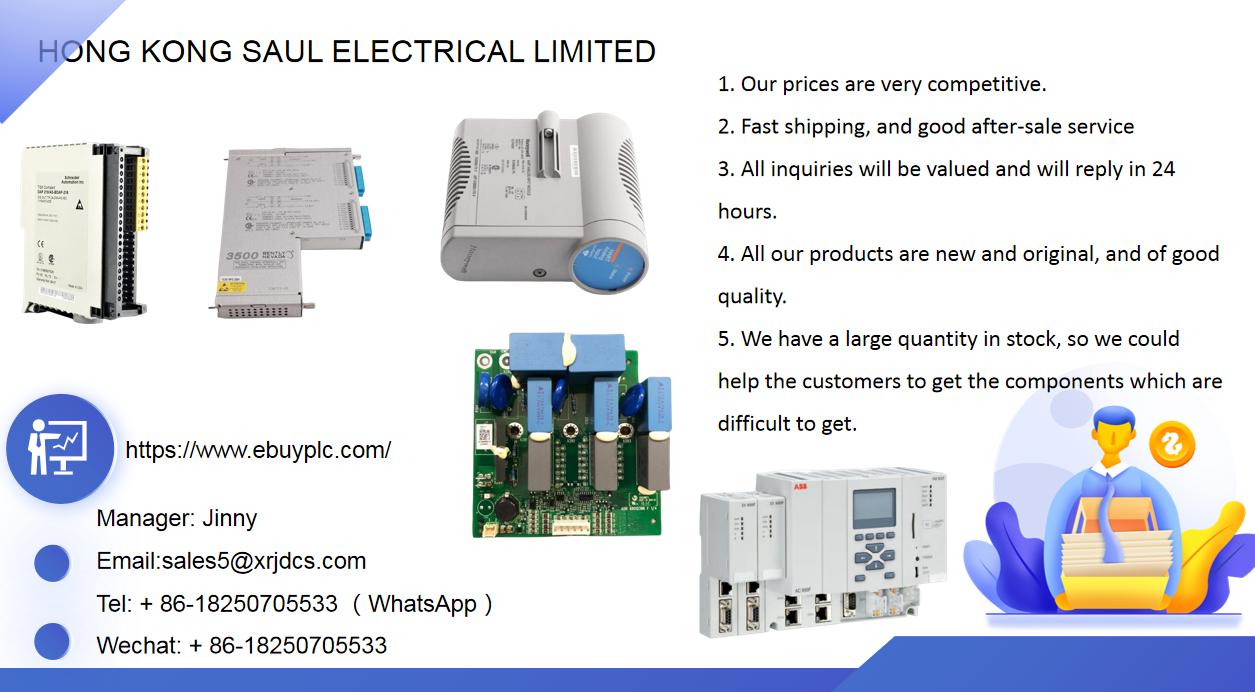0102030405
From DCS to OCs: a qualitative change of process control system
2023-12-08
"Compared with traditional DCS, using OCs industrial optical bus control system can greatly save the investment cost of automation system, greatly shorten the project construction cycle and reduce the maintenance cost of control system."
This is the answer given by Huang Jinsong, vice president of Hangzhou Hollysys Automation Co., Ltd., in an exclusive interview with the newly released OCS industrial optical bus control system.
DCS, distributed control system, since its birth in the 1970s, with its unparalleled technical advantages, has become a standard in large-scale process control fields such as oil refining, petroleum, chemical industry, electric power, metallurgy and so on. Because of this, DCs has not changed greatly in the past thirty or forty years.
Nowadays, with the rapid development of technology, emerging technologies such as it, ICT and IOT have brought unprecedented changes to the whole society. This time, optical communication technology and software definition were introduced into DCS. DCS evolved into OCS. There were qualitative changes in system architecture, controller and I / O, which greatly outperformed traditional DCS in terms of project cost, area between cabinets and implementation cycle.
So what is OCS? Why can we change the traditional DCS? What innovative technologies does it use? What benefits can it bring to users? Suitable for what applications? To this end, control engineering China and Huang Jinsong conducted an in-depth interview.
 What is OCS?
Similar to DCS (distributed control system), OCS is the abbreviation of industrial optical bus control system, which is called industrial optical bus control system in Chinese. The biggest difference between OCS and DCS is that optical fiber is used in OCS as the network transmission medium between controller and I / O to replace the copper core twisted pair cable.
What is OCS?
Similar to DCS (distributed control system), OCS is the abbreviation of industrial optical bus control system, which is called industrial optical bus control system in Chinese. The biggest difference between OCS and DCS is that optical fiber is used in OCS as the network transmission medium between controller and I / O to replace the copper core twisted pair cable.
 What is OCS?
Similar to DCS (distributed control system), OCS is the abbreviation of industrial optical bus control system, which is called industrial optical bus control system in Chinese. The biggest difference between OCS and DCS is that optical fiber is used in OCS as the network transmission medium between controller and I / O to replace the copper core twisted pair cable.
What is OCS?
Similar to DCS (distributed control system), OCS is the abbreviation of industrial optical bus control system, which is called industrial optical bus control system in Chinese. The biggest difference between OCS and DCS is that optical fiber is used in OCS as the network transmission medium between controller and I / O to replace the copper core twisted pair cable.
OCS industrial optical bus control system is mainly composed of engineer station, operator station, redundant history station, equipment management station, K series redundant control station, redundant industrial optical bus connection unit (rju) and industrial optical bus intelligent data transmission unit (idtu). Optical fiber is used for communication from idtu to rju and redundant control station.
K series redundant control station adopts triple redundant link, a pair of Gigabit Ethernet, a pair of RS-485 links and a group of GPIO. It ensures the redundancy, function safety and control stability of the control system. The mean time between failures of redundant switching can be increased by 22.2% compared with other controllers.
Rju is equivalent to the role of switch. Each rju can connect 16 or 32 idtu in a star, and adopts passive optical device technology. The physical idtu is used to connect field equipment and communicate with the control station through onet industrial optical bus.
Idtu adopts modular design, which is mainly composed of redundant vio module, redundant optical bus interface module and redundant power module. Vio module supports six signal types: AI, Ao, Di, do, PI and Namur. Idtu also supports Modbus communication protocol and can be used as a MODBUS slave to transmit field data to third-party systems.
What are the technical innovations of OCS?
Of course, OCS industrial optical bus control system is not as simple as replacing the original copper cable with optical fiber. In fact, its technical innovation in field signal input / output and transmission has obtained 6 invention patents. Huang Jinsong said that OCs mainly breaks through the two technologies of industrial optical bus and software defined I / O.
Industrial optical bus is a technological innovation application of Hollysys on OCS. Although the technology of using optical fiber to transmit Ethernet protocol has been very mature, many technical problems still need to be overcome to transmit industrial bus protocol on optical fiber. Hollysys has developed onet redundant industrial optical bus based on optical communication by using the technical basis accumulated by its control network CNET on DCS for many years. Different from the 7-layer architecture of Ethernet, onet has only three layers: physical layer, data link layer and protocol layer. This concise layer greatly improves the transmission efficiency. Onet meets the requirements of IEC 61158 international standard, JB / T 10308.3-2001 national standard and en50170 European standard. It supports star network topology, 128 node devices, communication rate of 24mbps, transmission medium of single-mode optical fiber and transmission distance of 20km (no relay).
Software defined I / O is a rising technology in DCS field in recent years. In fact, Hollysys has long been prepared in this field. Software defines I / O in two aspects. One is to define the channel type of I / O through software. All channels of I / O are completely consistent in hardware. It is not necessary to configure different I / O modules for different signals. It is only necessary to set the channel to the same signal type as the output of field instruments through software. The other is to switch the standby channel through software, that is, the channel redundancy mode of N + 1. When the I / O channel fails, it is only necessary to switch the software on the engineer station and switch the failed channel to the standby channel, without the need for maintenance personnel to arrive at the fault site.
What benefits can OCS bring?
The technical innovation of OCS industrial optical bus control system has brought fundamental changes to the traditional process control system, and of course, it has also brought many benefits to users.
First, OCS has brought about a significant reduction in the initial cost of the project. On the one hand, the use of optical fiber communication between the control station and the field data acquisition unit not only greatly saves the use of expensive instrument cables, but also reduces the cost of intermediate links such as cable bridge. Moreover, the industrial optical bus technology is adopted, which is more economical than the use of optical fiber transmission based on Ethernet. On the other hand, because many intermediate links are omitted, the later maintenance cost of the control system and the cost of spare parts can also be greatly reduced.
Second, the project implementation cycle of OCS can be greatly shortened. On the one hand, due to the simplified system architecture of OCS, the construction quantity is greatly reduced. On the other hand, due to the software defined I / O technology, the signal marshalling link between field equipment and controller in traditional engineering design is eliminated, so as to shorten the project implementation cycle. In addition, standardized engineering design simplifies the work flow of the Design Institute, modular standard chassis design, shortens the supply and delivery cycle of manufacturers, and on-site guidance and installation can be implemented upon arrival, so as to finally achieve a win-win situation among users, design institutes and manufacturers.
Third, the reliability of the system is higher. The application of industrial optical bus is superior in improving the anti electromagnetic interference ability and lightning protection ability in the process of field signal transmission. One optical fiber can transmit at least 512 field signals, and the transmission distance is up to 20km without relay. More importantly, it can realize the redundant transmission of field signals, with higher transmission efficiency and stronger availability.
What are the special designs of OCS in terms of high availability of the system?
For users, besides cost and other factors, system availability is the most important. After all, process control systems are often used in petrochemical, chemical and other key applications with high requirements for continuous production. So, what are the special designs of OCS in terms of system availability and reliability?
Huang Jinsong said that OCs has special design for reliability on onet industrial optical bus, rju and idtu.
In onet optical bus communication, redundancy design is adopted from the controller to idtu, which not only ensures the fast switching between the main and standby controllers, but also the whole optical bus link has real-time diagnosis function, which can ensure the reliability and certainty of communication.
Most importantly, idtu is specially designed for the harsh environment of industrial site. Idtu supports - 40 ℃ ~ + 85 ℃ wide temperature working temperature, meets the explosion-proof requirements in - 40 ℃ ~ + 70 ℃ hazardous environment, and has the function of temperature and humidity monitoring, and supports I / O channel status diagnosis. Idtu has also passed international and domestic system certification such as EMC Grade 3A, IEC / ATEX / GB non sparking increased safety and explosion-proof (Class 1, zone 2), IP66 protection grade, air tightness NR design, G3 anti-corrosion grade, CCC and CE. This is a crucial technical breakthrough for the availability of the whole OCS.
How does OCS ensure system security?
The information security of industrial control system is facing more and more severe tests. Apt attacks are frequent, extortion virus technical means are constantly upgraded, and historical major vulnerability utilization problems are serious. What is the uniqueness of OCS in information security? Huang Jinsong said that OCs has implanted the latest information security technology - trusted computing technology into the control system.
Trusted computing technology has been integrated into the K series controller of OCS, which is different from the passive defense mechanisms of information security such as firewall and defense in depth of traditional industrial control system. Trusted computing technology realizes the active immune mechanism based on endogenous security. According to Huang Jinsong, K series controller adopts high-performance main processor and coprocessor based on state secret algorithm to achieve three information security defense strategies: static trusted startup, dynamic trusted measurement and firmware update.
Is there any application practice of OCS? What's the effect?
There is no doubt that whether a new control system can be applied to the industrial field, the most important thing is to be verified by field practice. This has also been valued by Hollysys. In the research and development process of OCS, Hollysys has worked with the design institute to practice and develop. Up to now, OCS industrial optical bus control system has been successfully applied in dozens of industrial sites.
For example, according to Huang Jinsong, a fine chemical enterprise in Shandong moved the original on-site cabinet room with potential safety hazards to a safe location away from the production device according to the requirements of the Safety Supervision Bureau in 2021. Due to the good product sales market and the requirements of the Safety Supervision Bureau for rectification within a time limit, users urgently need to complete the transformation in the shortest time period. Facing the tight transformation cycle, Hollysys OCS system scheme has been recognized by users because of its small quantities and convenient installation and deployment. Users finally chose OCS system for the transformation of the original automation system. At the end of June, the plant was shut down and began to transform. All the on-site transformation work was completed in less than 2 months. It was successfully put into normal operation in August and was highly praised by users.
How will OCS develop in the future?
The launch of OCS industrial optical bus control system is an important step for Chinese automation manufacturers to move towards the global leading level in the field of process control system. Although some international manufacturers have used optical fiber to transmit field signals and reduce wiring for many years, Hollysys OCS industrial optical bus control system is better in cost, availability, maintenance and safety. Therefore, according to Huang Jinsong, in the historical period of vigorously developing independent, controllable, safe and reliable key industrial technologies in China, the birth of OCS industrial optical bus control system has undoubtedly become one of the best choices for users in petrochemical, chemical, petroleum and natural gas, liquefied natural gas and urban gas industries in China.
Huang Jinsong also said that in addition to vigorous application and promotion in these industries in the next step, Hollysys will continue to maintain independent innovation and constantly enrich product solutions based on industrial optical bus.
The development of the times is rolling forward. Only when we follow the trend will we not be eliminated by the times. Although the future is full of uncertainty, we can be sure that from DCS to OCs is not only a qualitative change in technology, but also the trend of the development of the times. OCs may replace the traditional DCS in the near future
In the traditional control system, the signal transmission of field equipment to the control system can only be completed through a series of intermediate links such as field junction box, cable bridge, terminal cabinet, safety barrier cabinet and I / O cabinet. As shown in Figure 1. OCS has completely changed the system architecture of traditional DCS. The field equipment is directly connected to the remote controller through the industrial optical bus data transmission unit (idtu) located on the site, eliminating a series of intermediate links.


